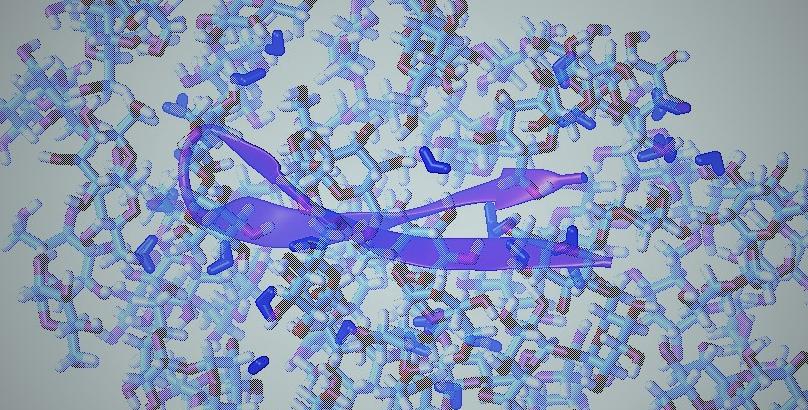Citation:
Abstract:
We investigate the depletion contributions to the self-assembly of microcolloids on solid substrates. The assembly is driven by the exclusion of nanoparticles and nonadsorbing polymers from the depletion zone between the microcolloids in the liquid and the underlying substrate. The model system consists of 1 μm polystyrene particles that we deposit on a flat glass slab in an electrolyte solution. Using polystyrene nanoparticles and poly(acrylic acid) polymers as depleting agents, we demonstrate in our experiments that nanoparticle concentrations of 0.5% (w/v) support well-ordered packing of microcolloids on glass, while the presence of polymers leads to irregular aggregate deposition structures. A mixture of nanoparticles and polymers enhances the formation of colloidal aggregate and particulate surface coverage compared to using the polymers alone as a depletion agent. Moreover, tuning the polymer ionization state from pH 4 to 9 modifies the polymer conformational state and radius of gyration, which in turn alters the microcolloid deposition from compact multilayers to flocculated structures. Our study provides entropic strategies for manipulating particulate assembly on substrates from dispersed to continuous coatings.
Notes:


